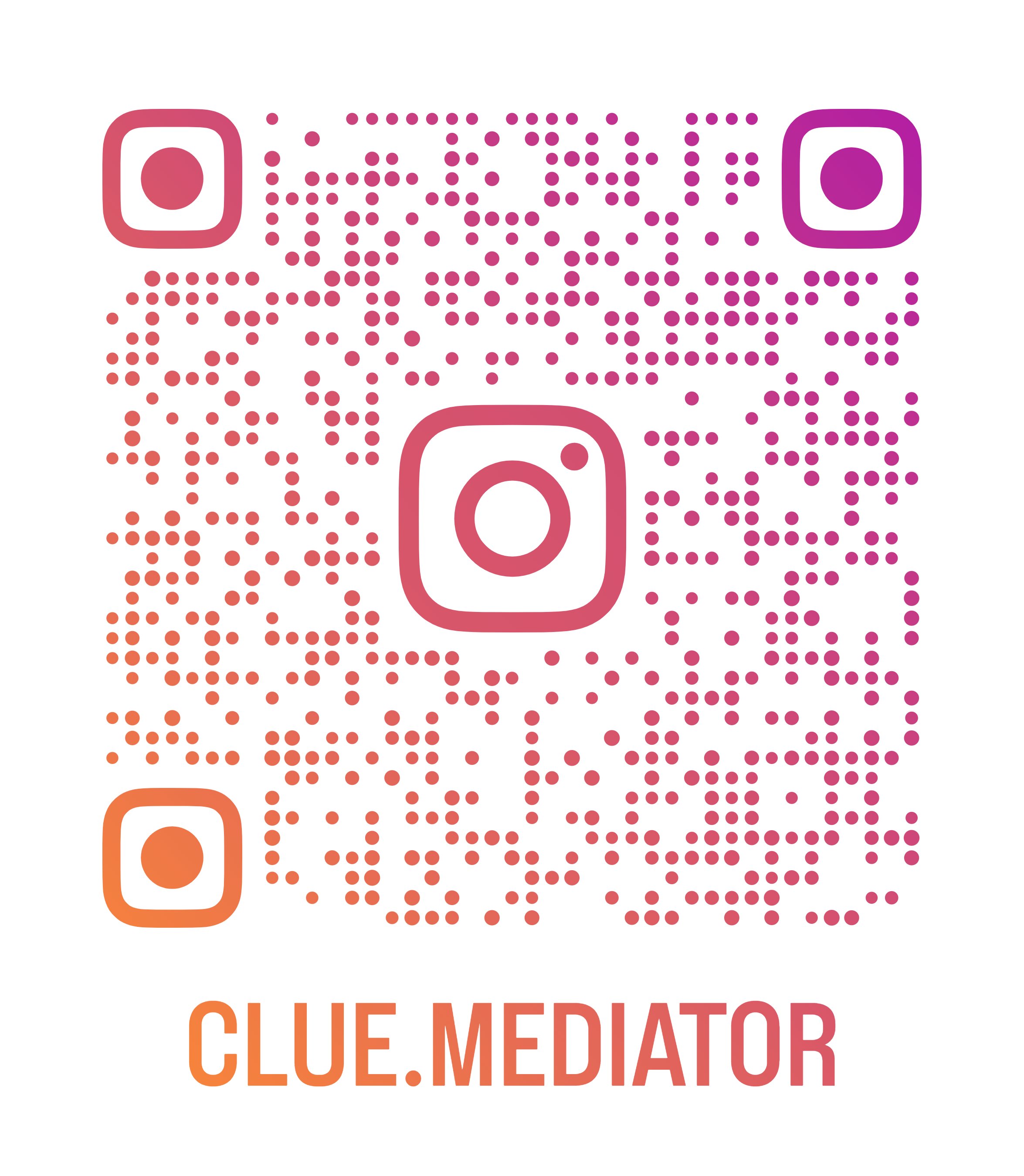Integrating AI-Powered Chatbots into React Applications
Introduction
AI-powered chatbots are a game-changer for web applications, offering real-time user interaction and assistance. Adding a chatbot to your React app has never been easier with OpenAI’s ChatGPT API.
In this guide, we’ll take you through the step-by-step process to integrate ChatGPT into your React app, enhancing its functionality and user experience.
Steps to Integrate an AI Chatbot into Your React Application
- 1. Set Up Your React Project
- 2. Obtain Your OpenAI API Key
- 3. Install Necessary Packages
- 4. Implement the Chatbot Component
- 5. Customize the Chatbot’s Appearance and Behavior
- 6. Test and Deploy Your Application
1. Set Up Your React Project
First, make sure you have a React project ready. If you don’t have one, you can create it using Vite for a fast setup:
npm create vite@latest
Follow the prompts to set up your project. Then, navigate to your project directory and install dependencies:
npm install
npm run dev
Your React app should now be running at http://localhost:5173.
2. Obtain Your OpenAI API Key
Sign up for an account at OpenAI’s website. After logging in, navigate to the API keys section and generate your unique API key. This key will allow your app to interact with OpenAI’s ChatGPT API.
3. Install Necessary Packages
To use the ChatGPT API, you’ll need to install the following packages in your React project:
npm install openai axios
These packages help you interact with the API and manage HTTP requests.
4. Implement the Chatbot Component
Create a new file, Chatbot.jsx, in your src directory, and add the following code:
import React, { useState } from 'react';
import axios from 'axios';
const Chatbot = () => {
const [messages, setMessages] = useState([]);
const [input, setInput] = useState('');
const sendMessage = async () => {
const userMessage = { role: 'user', content: input };
setMessages([...messages, userMessage]);
try {
const response = await axios.post(
'https://api.openai.com/v1/chat/completions',
{
model: 'gpt-3.5-turbo',
messages: [...messages, userMessage],
},
{
headers: {
'Content-Type': 'application/json',
Authorization: `Bearer YOUR_OPENAI_API_KEY`,
},
}
);
const botMessage = {
role: 'assistant',
content: response.data.choices[0].message.content.trim(),
};
setMessages((prevMessages) => [...prevMessages, botMessage]);
} catch (error) {
console.error('Error communicating with the chatbot:', error);
}
setInput('');
};
return (
<div className="chatbot">
<div className="messages">
{messages.map((msg, index) => (
<div key={index} className={`message ${msg.role}`}>
{msg.content}
</div>
))}
</div>
<input
value={input}
onChange={(e) => setInput(e.target.value)}
placeholder="Type a message..."
/>
<button onClick={sendMessage}>Send</button>
</div>
);
};
export default Chatbot;
Replace YOUR_OPENAI_API_KEY with your actual API key. This component handles conversation history and sends messages to ChatGPT, displaying the bot’s response.
5. Customize the Chatbot’s Appearance and Behavior
To make the chatbot visually appealing, add CSS to your App.css file:
.chatbot {
border: 1px solid #ccc;
padding: 10px;
width: 300px;
position: fixed;
bottom: 20px;
right: 20px;
background-color: white;
}
.messages {
max-height: 400px;
overflow-y: auto;
margin-bottom: 10px;
}
.message {
margin: 5px 0;
}
.message.user {
text-align: right;
color: blue;
}
.message.bot {
text-align: left;
color: green;
}
This CSS styles the chatbot with a clean and simple design.
6. Test and Deploy Your Application
Run your application to test the chatbot:
npm run dev
Interact with the chatbot to ensure it works as expected. Once you’re satisfied, deploy your app using a hosting service like Vercel or Netlify.
Conclusion
Adding an AI chatbot to your React application is a powerful way to enhance user experience. With the ChatGPT API, you can create a responsive and intelligent chatbot quickly and efficiently.
Happy coding!
